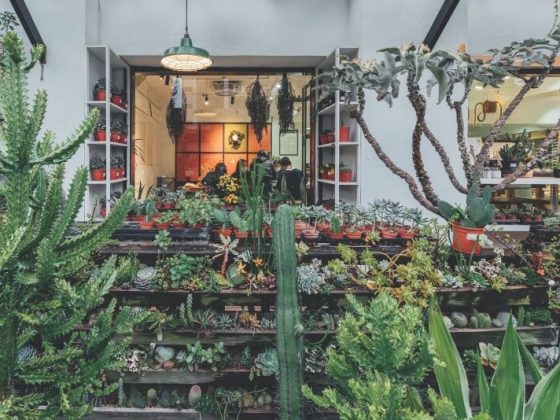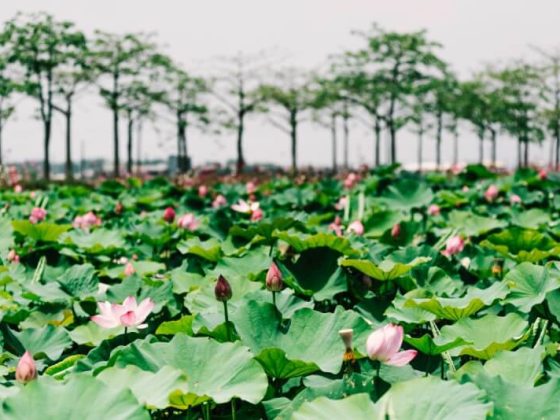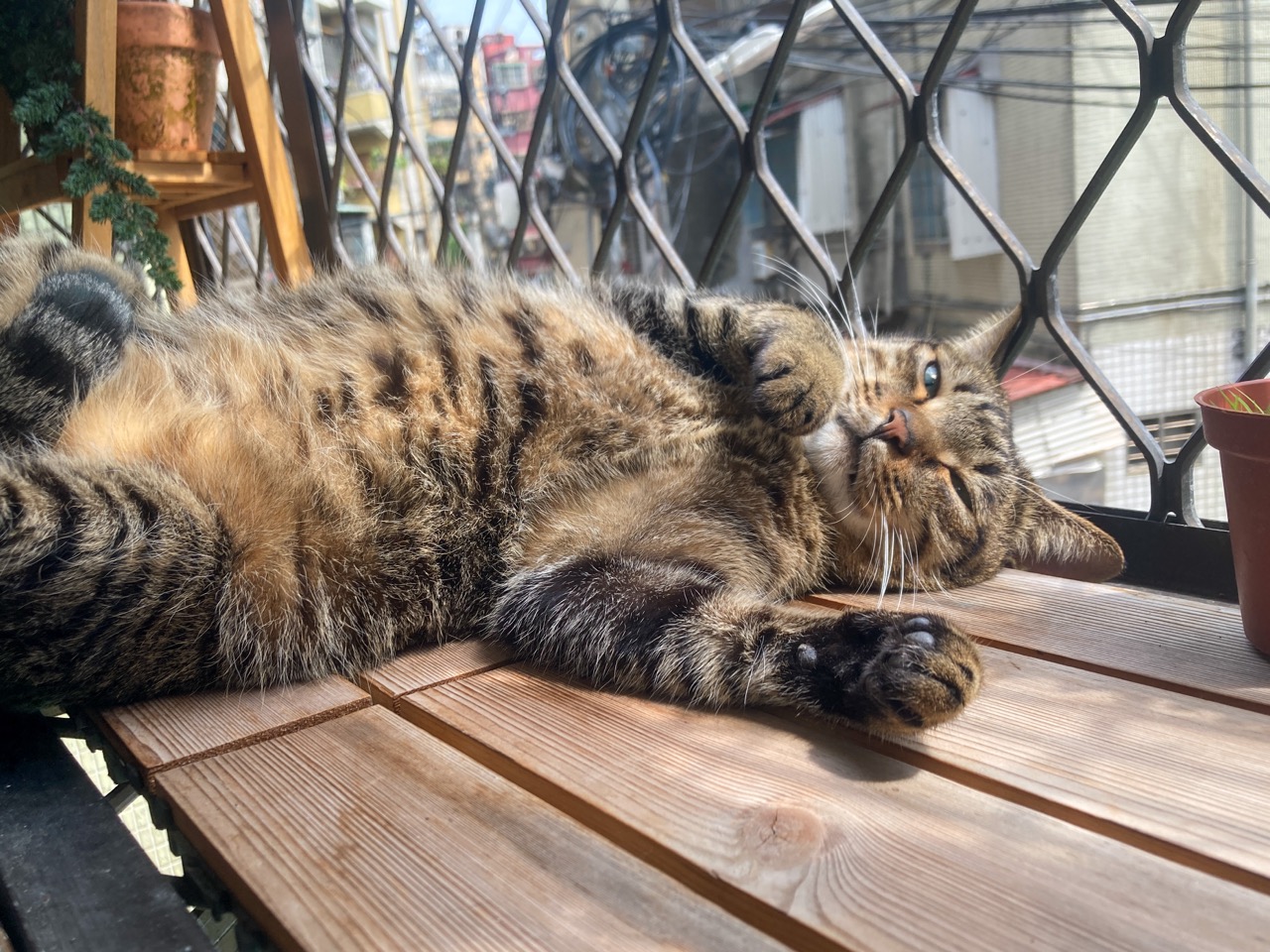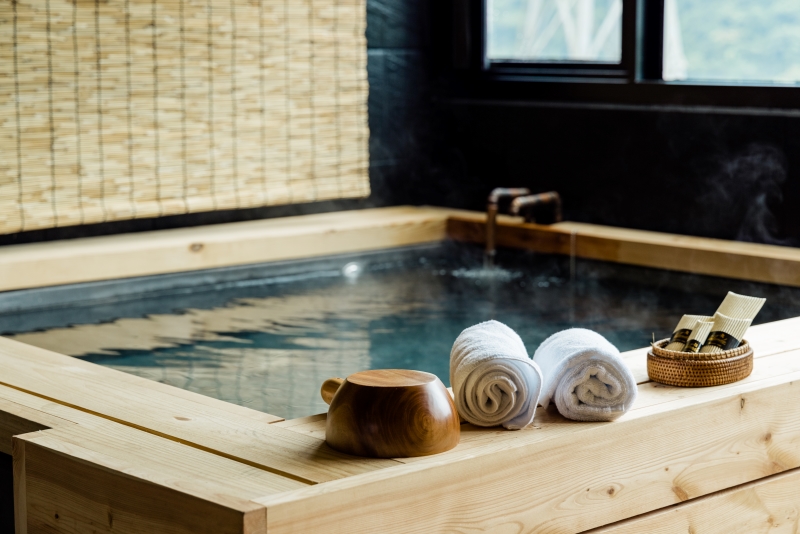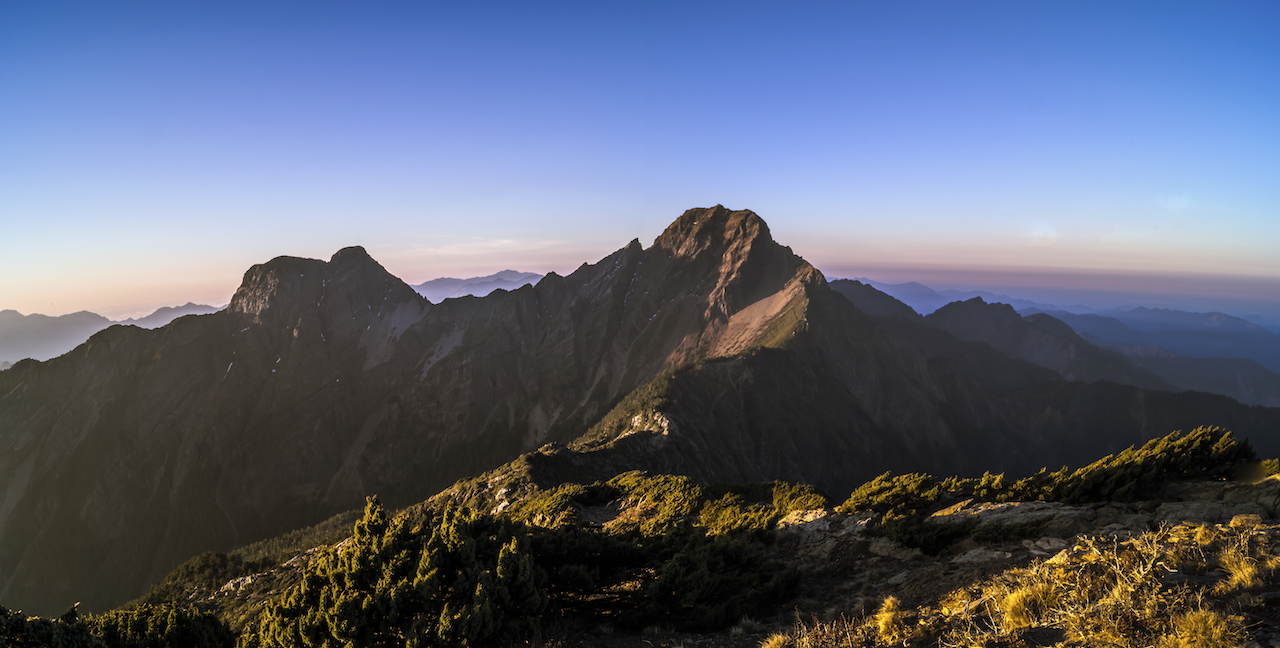In the secluded mountains of Kaohsiung, Taiwan, nestled in a mountain valley where the Central Mountain Range (中央山脈) meets the Gaoping Plain (高屏平原), sits a well-hidden mountain community. First inhabited by the indigenous people, the area was later settled by the Hakka people who moved in to grow tea, refine camphor and harvest timber. The town eventually became an essential pit stop on the Southern Cross-Island Highway. This is Liugui (六龜), the idyllic yet not well-known “backyard” of Kaohsiung.
In the past, Liugui was home to a vibrant mountain community, but the area was severely damaged when Typhoon Morakot hit Taiwan in 2009, and the place became a shadow of its former self. After more than a decade of revitalization, Liugui has recently opened a new chapter on Kaohsiung’s mountain area development with its cultivation of a unique native tea variety, the Taiwan Native Wild Tea (Camellia sinensis f. formosana), as well as the reopening of Tengjhih Forest Recreation Area (藤枝國家公園) this year. (Read more: The Taiwan Scene Guide to Taiwanese Tea)
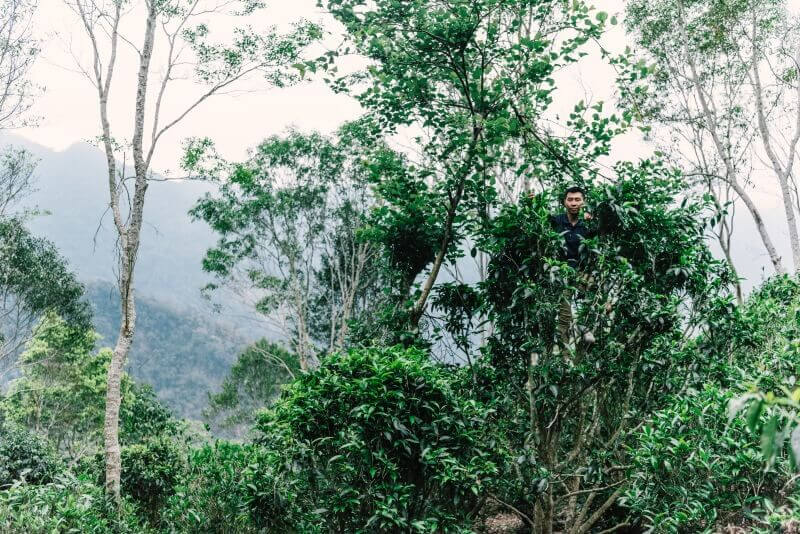
Find the only place where tea is harvested by climbing up trees
Tea planting and processing was one of the early industries that flourished in Liugui, where there was at one time almost 20 to 30 tea factories operating simultaneously in Xinfa Village (新發里). However, at that time, Jin Xuan (金萱) and Oolong (烏龍) tea were commonly grown, and the endemic “Taiwan Native Wild Teas”, now gaining in popularity and recognition, was only cultivated by a small number of farmers for self-consumption or as an offering to worship the gods, and had no economic value.
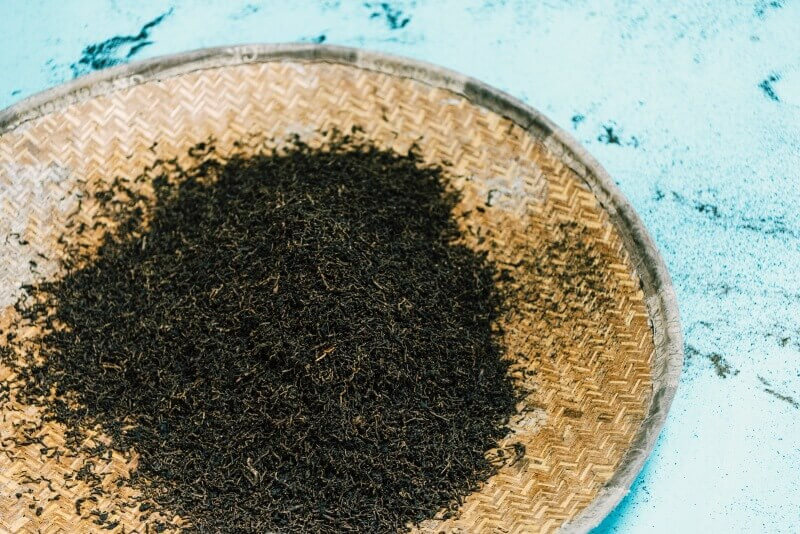
Unlike the low shrub tea species commonly found in the hilly areas of Taiwan, the Taiwan Native Wild Tea Plant, which grows in the mountains south of central Taiwan, is an endemic species found only in Taiwan, and was first recorded in the Zhuluo County Gazette (《諸羅縣志》) in 1717. According to a survey conducted by the Forestry Bureau, the oldest wild tea tree discovered is over 800 years old, and the native teas found in the Liugui area have grown for at least a century.
Huaxing Taiwan Mountain Tea Company (華興茶行), which was the first to establish a tea-picking crew in Liugui, was founded by a tea-making family that originally hailed from Lugu, Nantou (南投鹿谷). Mr. Liu Shifu (劉士輔), a next-generation successor to the family business, drove us to a tea plantation near the Tengjhih Forest Recreation Area. After driving along a winding road for nearly 40 minutes from halfway up the mountain, we arrived at what Mr. Liu called a “relatively nearby” tea plantation specializing in the cultivation of Taiwan Native Wild Teas. We then followed him into the woods, where we were surprised to discover that the imposing trees in front of us, which are taller than the height of an adult person, is indeed the Camellia sinensis f. formosana. (Read also: Sun Moon Lake: A Tea Lover’s Paradise)
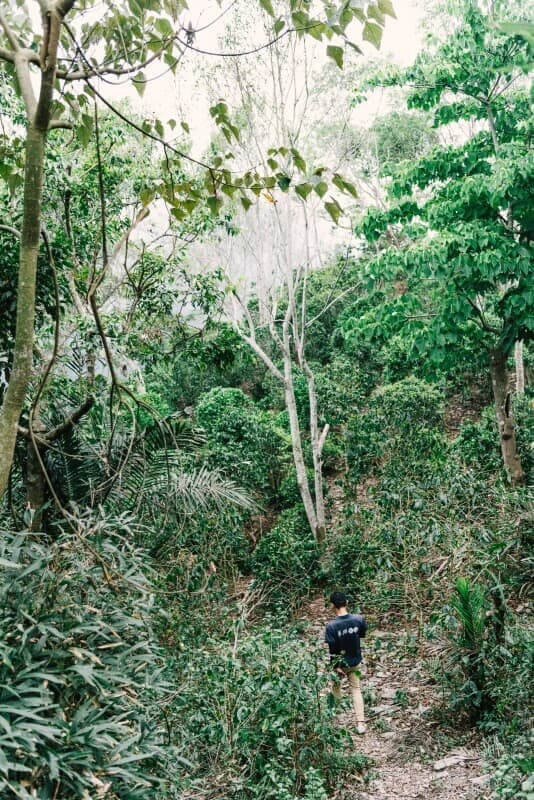
The tea plant, which is classified as a tree, grows in the warm and humid forests of Southern Taiwan, and can reach a height of ten meters, which is about the height of a three-story building. However, only an experienced tea picker like Liu Shi-Fu can quickly identify which plant is a native wild tea tree. While chatting, Liu climbed up a tree he identified and picked the tea leaves from the front of the branch to show us.
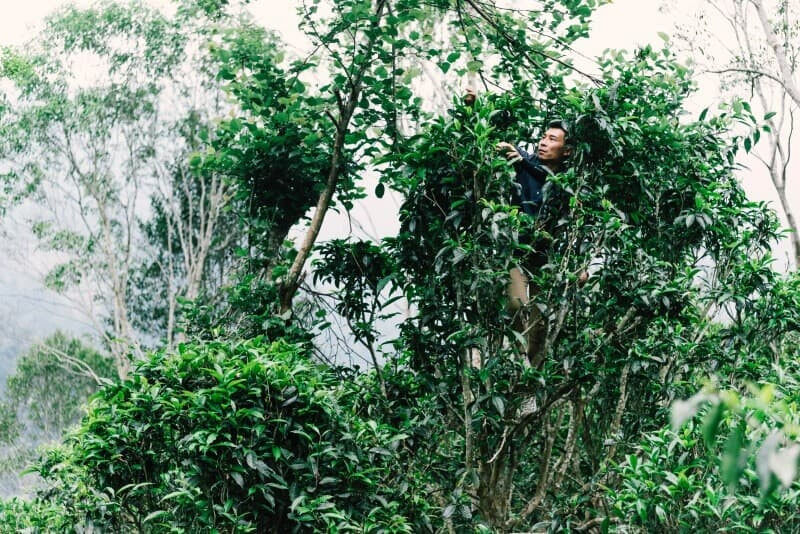
Liu also noted that many of the old tea trees in the mountains and forests even grow on the edge of the cliff, and professional tea pickers have to wear rope equipment and step on the thick tree trunk to pick the leaves at the top of the tea trees. (You might also like: Alishan – A World of High-Mountain Tea Up in the Clouds)
Naturally grown wild mountain tea: Savor the flavors of Taiwan’s mountain forests
Taiwan Native Wild Tea Plants grow naturally in the mountains and forests, and do not need to be pruned or fertilized. They are nourished purely by rainwater, so not only is pesticide residue of no concern, but the environmental impact of cultivating this tea is minimal.
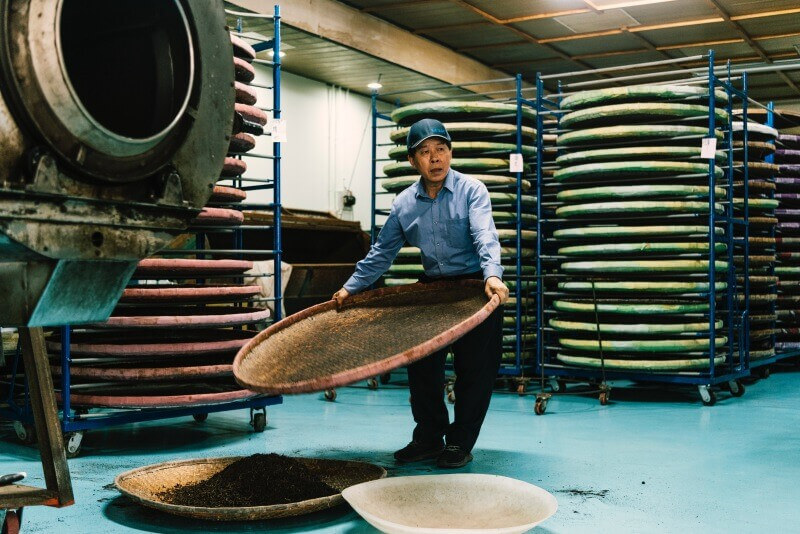
According to research conducted by the Taiwan Forestry Research Institute of Taiwan’s Council of Agriculture, the catechin, pectin, and anthocyanin elements contained in Liugui’s Native Wild Tea are higher than those of ordinary tea leaves, and the flavor can be maintained even after repeated brewing. In the early days, the astringent taste of wild camellia tea was relatively strong, but as tea-making techniques have evolved, modern technology has succeeded in adjusting the temperature and time of roasting and controlling the degree of fermentation to reduce the bitterness. The semi-fermented green tea made from the Camellia sinensis f. formosana leaves have a refreshing sweetness with a floral aroma; if the fermentation level is increased to make black tea, it will feature a different flavor profile with a gentle and smooth taste. One sip of this refreshing tea is like drinking in the greenery and vitality of the dense forests of southern Taiwan.
The tea products of Huaxing Taiwan Mountain Tea have been awarded two stars in the Superior Taste Awards by the Belgium-based International Taste Institute (iTQi) in 2018 and 2019, which is often hailed as the “Michelin of food materials”. The company also won awards in the AVPA International Tea Contest in France two years ago. (Read also: That’s the Tea: How to Spend a Perfect Day in Maokong)
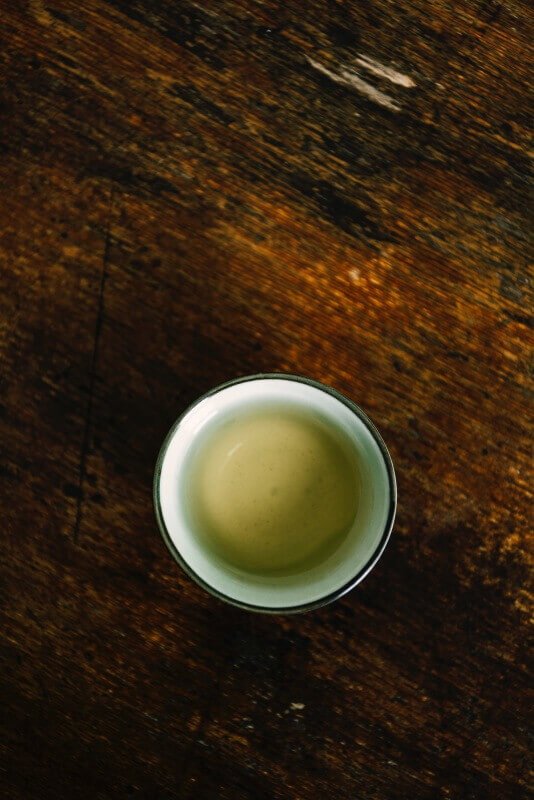
Local young farmers create a unique wild mountain tea experience, linking industries and revitalizing mountain communities.
In addition to enjoying spotlight and prestige outside, the Taiwan Native Wild Tea has also become an important raw material for developing innovative products and activities through the tireless promotion of returning youths.
Sheng-Yang Hsu (徐盛暘) “Ah-Yong” (阿勇), who returned home more than four years ago to take over his family’s tea-making business, Xin Yuan Tea (欣園製茶), shared with us his endless ideas. In addition to offering tea-picking and tea-making tours, he is also thinking about how to bring the native mountain tea into the ecological cycle by drying the brewed tea leaves into pillows and developing a natural protective liquid, hoping to reuse the leaf stalks discarded during tea-picking. (You might also like: Innovative Tea for A New Generation with Wangtea Lab)

In addition, Xin Yuan Tea also joined hands with “Wish Bakery (Wish興旺烘焙)”, which was founded by another young returnee, to offer Liugui-limited camellia-flavored milk rolls and Fu-Gui Cakes (福龜餅; Lucky Tortoise Cakes). The “lucky tortoise cakes”, whose name was inspired by the homophone of the Chinese phrase 福氣龜來 (luck has returned), has a cake crust made with ground camellia powder, with a filling of bean paste wrapped with camellia-infused mochi, which gives off a sweet and pleasant aroma of wild mountain teas with every bite.
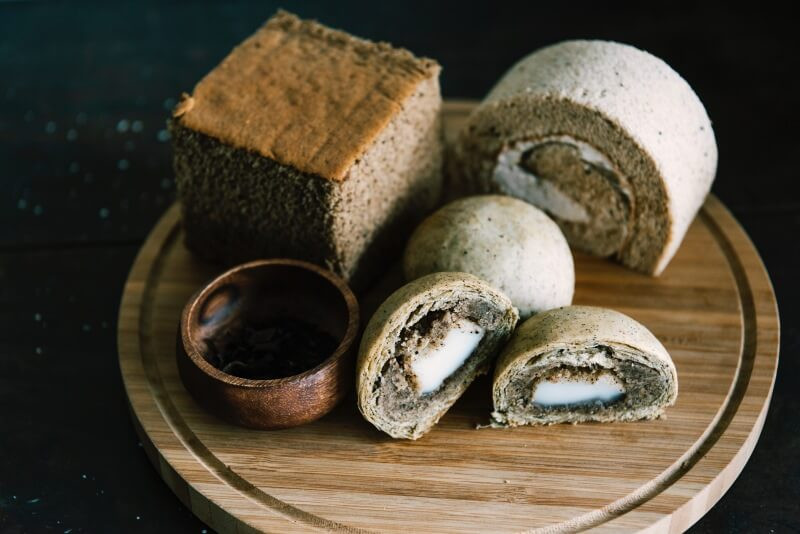
Words by Yining Chen;
Edited by Adam Hopkins;
Photos by Chiu Chia-hua
(This article is reproduced under the permission of MySaiology. Original content can be found at the website of MySaiology.)


